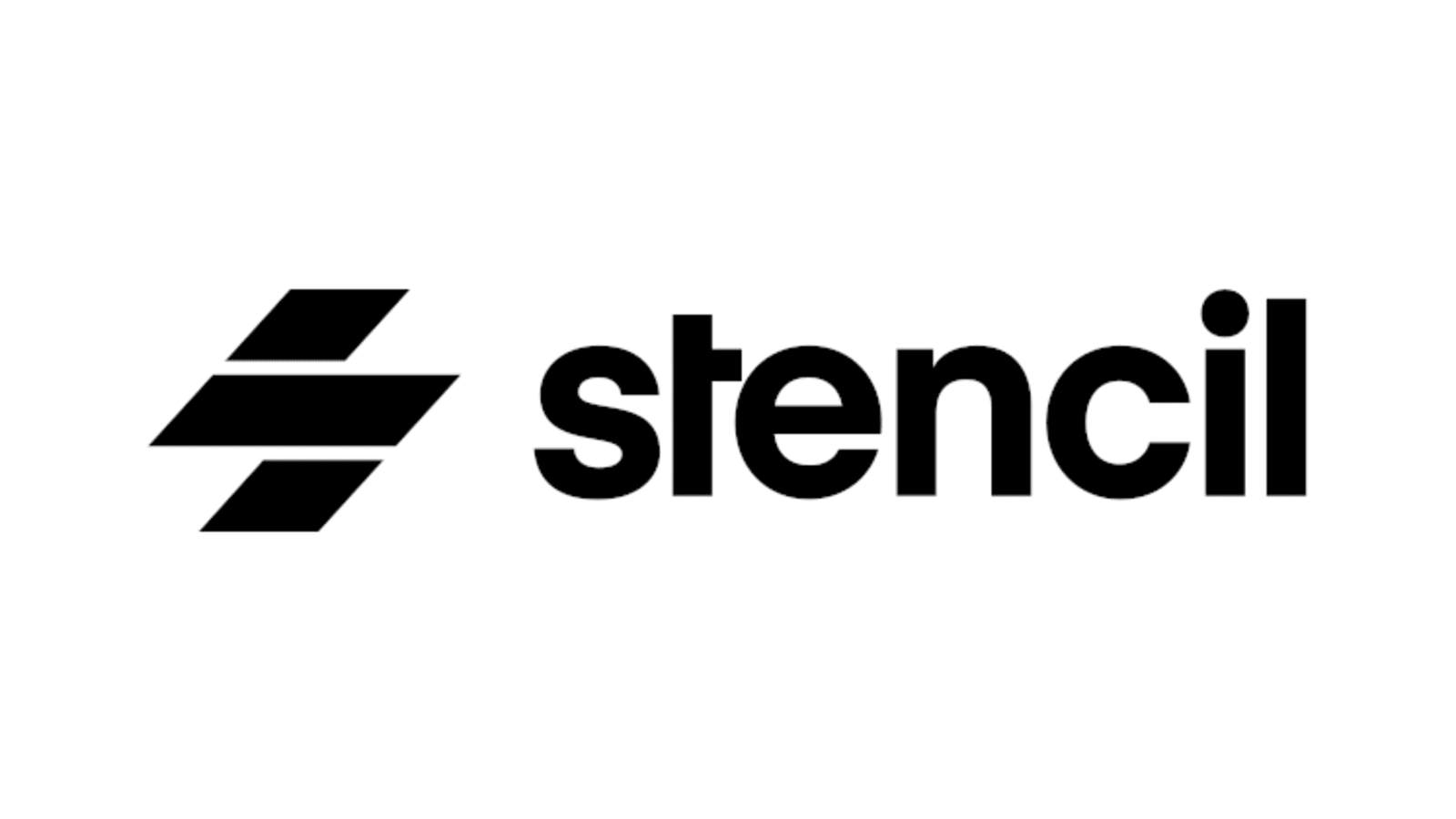Getting Started with Stencil.js: The Basics of Web Component Development
 Dhruv Samant
Dhruv Samant
In today's web development landscape, creating reusable and modular components is a key aspect of building scalable and maintainable applications.
Stencil.js, a popular open-source tool developed by the Ionic team, empowers developers to build high-performance web components using modern web standards.
In this blog post, we'll explore the basics of Stencil.js and understand how it simplifies the process of building web components.
What are Web Components?
Before we dive into Stencil.js, let's quickly recap what web components are. Web components are a set of web platform APIs and features that allow developers to create reusable, encapsulated, and interoperable custom elements.
They consist of three main building blocks: Custom Elements, Shadow DOM, and HTML Templates. Web components offer a standard way to encapsulate and reuse UI components across different frameworks and platforms.
Introducing Stencil.js:
Stencil.js is a compiler-based tool that facilitates the creation of web components using a simple and declarative syntax. It leverages modern web standards and generates efficient, optimized, and cross-framework-compatible components.
Stencil.js provides an excellent developer experience, enabling developers to use TypeScript, JSX, and other modern JavaScript features out of the box.
Key Features of Stencil.js:
Compiler: Stencil.js comes with a powerful compiler that transforms the written code into highly efficient, performant, and standards-compliant web components.
Platform-agnostic: Stencil.js generates components that are platform-agnostic, meaning they can be used with any framework or no framework at all.
Virtual DOM: Stencil.js uses a virtual DOM implementation, which enhances performance by minimizing DOM manipulations.
Lazy Loading: The generated web components can be lazy-loaded, improving initial page load times by loading components on demand.
SEO-Friendly: Stencil.js provides server-side rendering (SSR) support, making components easily crawlable by search engines.
TypeScript Support: Stencil.js embraces TypeScript, enabling developers to write statically-typed and more maintainable code.
JSX and Decorators: Stencil.js supports JSX syntax for rendering components and uses decorators to define component metadata and configuration.
Pros of Stencil.js:
Performance: Stencil.js leverages a virtual DOM implementation and efficient rendering techniques, resulting in highly performant web components with minimal overhead.
Reusability: Stencil.js promotes the creation of reusable components, allowing developers to encapsulate and share UI elements across projects, frameworks, and platforms.
Cross-Framework Compatibility: The web components generated by Stencil.js are platform-agnostic, making them compatible with any JavaScript framework or library, as well as vanilla JavaScript.
Developer Experience: Stencil.js offers a developer-friendly experience by providing a well-documented API, TypeScript support, JSX syntax, and automatic code generation, making component development more efficient and enjoyable.
SEO-Friendly: Stencil.js supports server-side rendering (SSR), making it easier for search engines to crawl and index your web components.
Active Community and Ecosystem: Stencil.js has a growing community and ecosystem, with a range of resources, tutorials, and plugins available to help developers get started and enhance their component development workflow.
Cons of Stencil.js:
Learning Curve: Although Stencil.js simplifies the process of building web components, there is still a learning curve involved, especially if you're new to web components and related concepts like Shadow DOM and Custom Elements.
Limited Component Library: Unlike some UI frameworks, Stencil.js does not come with a pre-built component library. While this allows for more flexibility, it means you may need to invest more time in building and styling components from scratch.
Framework Independence Trade-off: While Stencil.js promotes framework independence, it may not provide the same level of integration and ecosystem as framework-specific component libraries. You may need to handle framework-specific features or integrations manually.
Maturity: While Stencil.js has gained popularity and is actively maintained, it may still be considered relatively new compared to more established frameworks. This means you may encounter occasional bugs or limitations, although the community and development team are generally responsive in addressing issues.
Conclusion:
Stencil.js is a powerful tool for building web components using modern web standards. It provides an efficient and standardized approach to component development, making it easier to create reusable and interoperable UI elements. By embracing the principles of performance, platform-agnosticism, and developer experience, Stencil.js empowers developers to build high-quality components that can be used across frameworks and platforms. Give Stencil.js a try and unlock the potential of web components in your projects!
To learn more about Stencil.js and explore its extensive documentation, visit the official website at https://stenciljs.com/. The documentation provides in-depth guides, tutorials, API references, and examples to help you get started and master the capabilities of Stencil.js. Join the vibrant Stencil.js community, leverage the available resources, and unleash the true power of web components in your applications.
Subscribe to my newsletter
Read articles from Dhruv Samant directly inside your inbox. Subscribe to the newsletter, and don't miss out.
Written by
